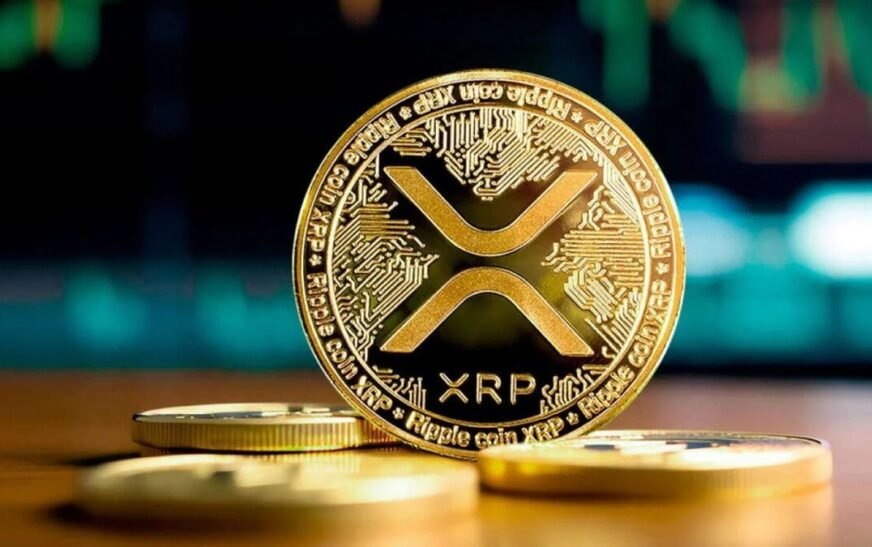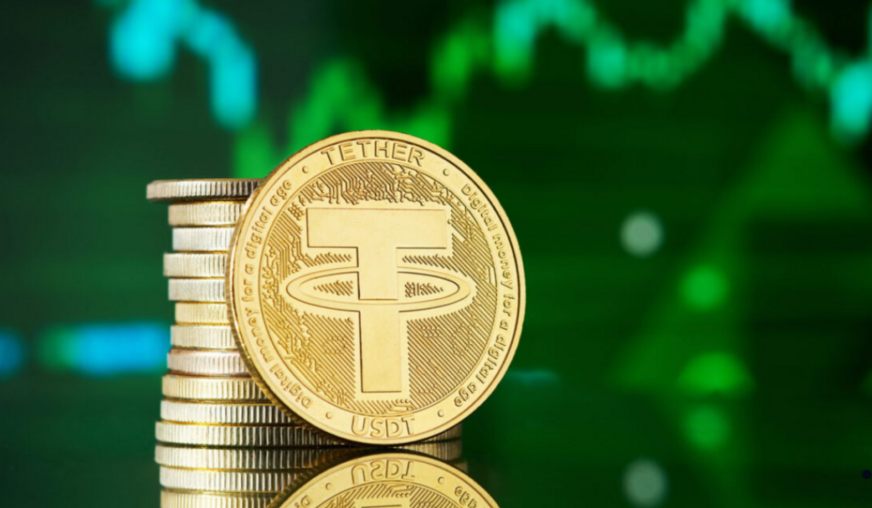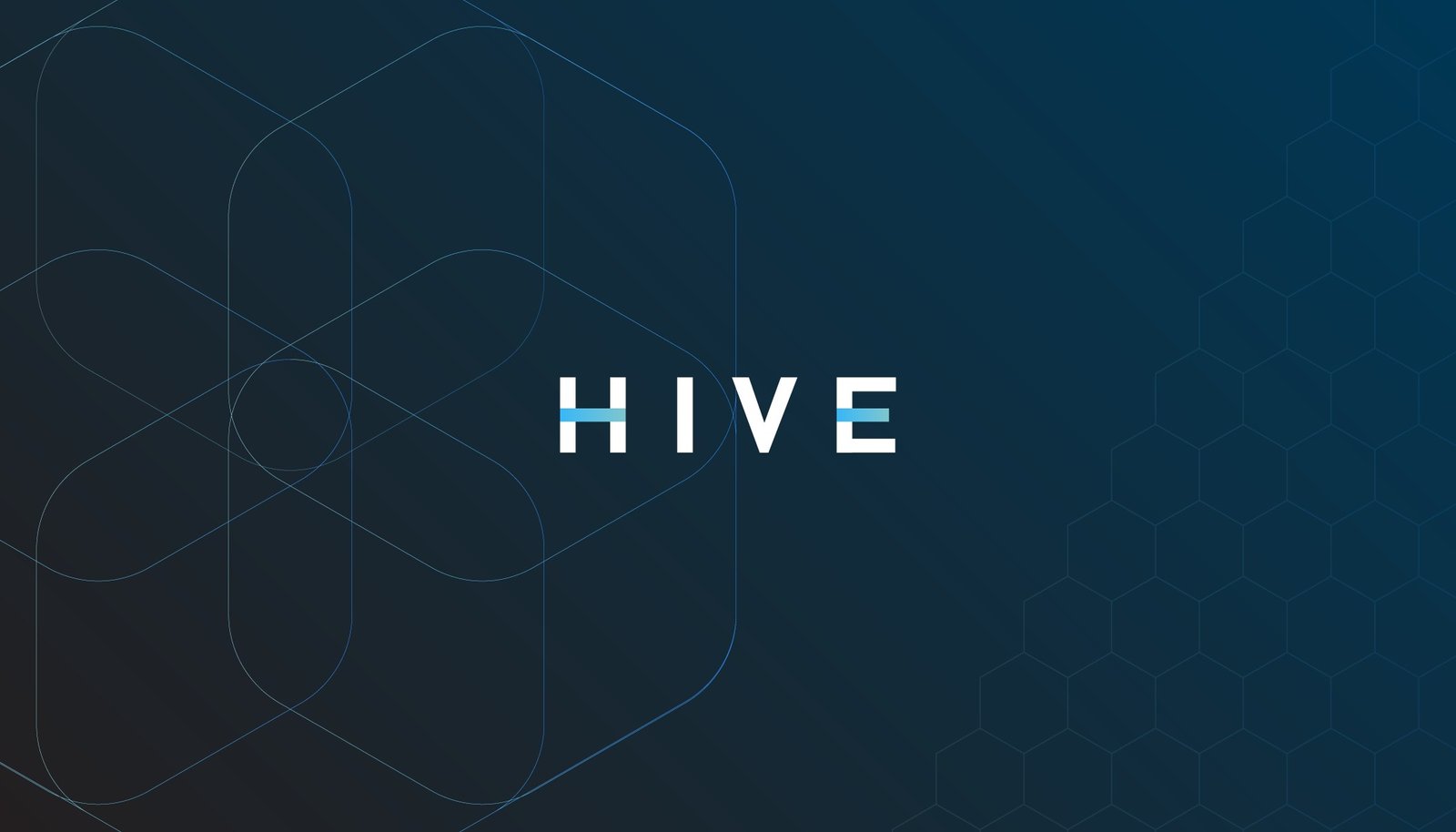Blockchain payments firm Ripple is rumoured to have significantly raised its acquisition offer for Circle, the issuer of the $61.7 billion USDC stablecoin. After an initial $4–5 billion bid was reportedly rejected for undervaluing the company, Ripple is now said to be pursuing a staggering $20 billion deal, according to an April 30 report by Bloomberg and speculation across crypto social media.
Crypto influencer “Crypto Barbie” helped spark the buzz by tweeting that “Ripple hasn’t backed down. The $20B deal is moving toward completion.” While neither Ripple nor Circle has publicly confirmed the figure, the rumour mill continues to turn at full speed.
Why Ripple Wants Circle?
Ripple launched its own stablecoin, RLUSD, in December 2024 to tap into the fast-growing stablecoin market. But with a modest market cap of just $317 million, RLUSD has struggled to gain ground in a space dominated by USDT and USDC.
Acquiring Circle would instantly catapult Ripple into a commanding position in the stablecoin race, giving it access to the massive USDC ecosystem—an essential component for Ripple’s cross-border payments ambitions. The move would also significantly bolster its influence in the broader digital dollar landscape.
Circle’s IPO Plans Could Complicate the Deal
The acquisition bid comes at a sensitive time for Circle, which confidentially filed for a U.S. IPO in April. A takeover could potentially disrupt or delay those plans. However, under U.S. securities law, companies in IPO quiet periods are restricted from making public comments, which may explain Circle’s current silence.
While Circle has not officially responded to the latest rumours, the company is likely weighing its IPO ambitions against the potential benefits and risks of a Ripple buyout. A merger could extend USDC’s reach but may also raise concerns about the stablecoin’s neutrality if absorbed into Ripple’s ecosystem.
Regulatory Shifts and Political Ties Boost Ripple’s Position
Ripple’s aggressive move comes amid a changing regulatory landscape. In March 2025, the SEC withdrew its long-standing appeal against Ripple, ending a high-profile legal battle that began in 2020. Ripple agreed to a $50 million settlement, paving the way for greater regulatory clarity.

Adding to Ripple’s political capital, CEO Brad Garlinghouse has reportedly held discussions with former President Donald Trump—an outspoken crypto supporter. Ripple also made a $5 million donation to Trump’s 2025 inaugural fund, strengthening its ties with the new administration. This political alignment may help Ripple navigate regulatory hurdles if the Circle acquisition advances.
A High-Stakes Gamble with Global Impact
If Ripple succeeds in acquiring Circle, it would mark a major transformation—from blockchain infrastructure provider to a central player in the digital dollar economy. For Circle, however, the decision carries risk. While the merger could provide scale and capital, it might also compromise USDC’s independent standing in the market.
As of now, the $20 billion offer remains unconfirmed, fuelled mostly by leaks and influencer chatter. But even as speculation swirls, the potential impact of such a merger is undeniable, with wide-ranging implications for the stablecoin sector and the future of cross-border payments.

















































